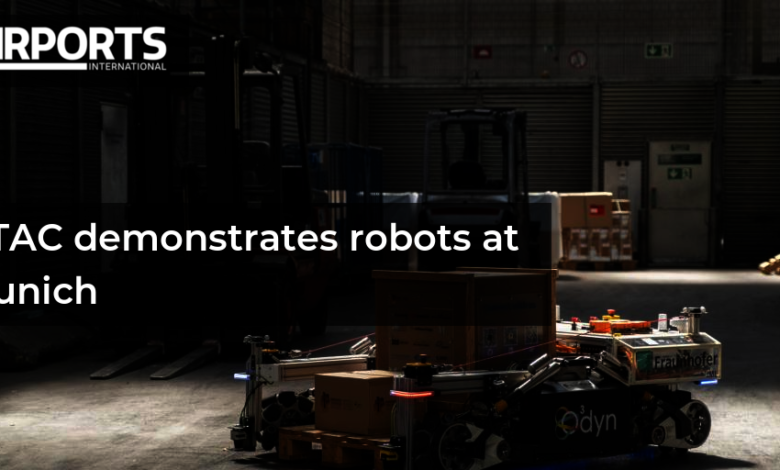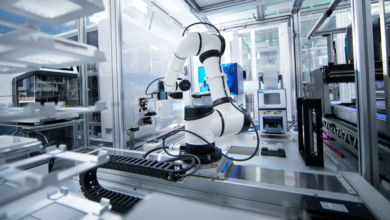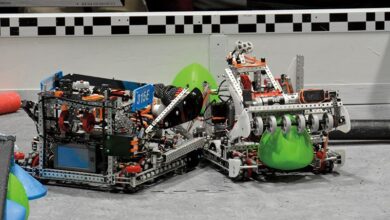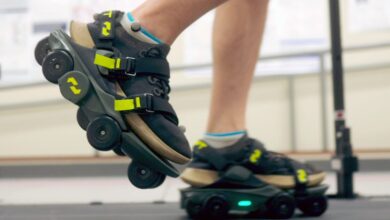DTAC demonstrates robots at Munich

The Fraunhofer Institute for Material Flow and Logistics IML has demonstrated the initial results of the Digital Testbed Air Cargo (DTAC) research project at Munich Airport
Together with Frankfurt University of Applied Sciences, the insurance company KRAVAG and the industrial partners at Munich Airport (Cargogate, CHI, Sovereign Speed and DB Schenker), researchers from the institute presented the first concrete results of the project.
The DTAC project, which is funded by the German Federal Ministry for Digital and Transport to the tune of €7m and will run until September 2024, is examining how the efficiency and performance of the air freight transport chain can be optimised. This is to be achieved through better networking and digitalisation of processes, the partners said.
During the demonstration of the project in Munich, several autonomous and automated devices were successfully used to either completely take over labour-intensive and repetitive steps at relevant interfaces in the handling process or to support employees in physically demanding work.
The robots
The DTAC partners demonstrated a number of robots. The first, robot dog Spot from US manufacturer Boston Dynamics, equipped with a scanner and 4K camera, patrolled the warehouse autonomously and identified large storage pallets ready for storage and the corresponding storage locations. An autonomously operating forklift took over the intermediate transport to the automated high-bay warehouse and the omnidirectional, highly dynamic robot O³dyn developed by Fraunhofer IML was responsible for transporting Euro-pallets to a neighbouring warehouse.
The evoBOT, also developed by Fraunhofer IML – a dynamically stable system with two gripper arms based on the principle of an inverse pendulum and requiring no external counterweight – placed packages from an Euro-pallet onto the conveyor belt of an X-ray machine and back onto the pallet after the X-ray process. These processes were steered via the Fraunhofer control system software “openTCS” – a low-threshold tool for coordinating automated guided vehicles (AGVs).

The researchers believe the degree of automation in air cargo handling will increase rapidly. “On the hardware side, we are already well advanced. In the future, artificial intelligence will support us in coordinating and controlling the vehicles. It will provide the necessary tools and algorithms with which we can pre-calculate the routes of the autonomous robots and safely avoid collisions. Ultimately, we will soon have fully autonomous systems that will make the air cargo industry fit for the future,” said Prof. Michael Henke, executive director of Fraunhofer IML.
Dr Jan-Henrik Andersson, chief commercial officer & chief security officer at Munich Airport, added: “The cooperation between Fraunhofer IML and Munich Airport is future-orientated. Considering the increasing volume of air cargo and the staff recruitment challenges, digitalisation and robotics will help us make cargo and baggage handling more efficient and jobs in these areas more attractive in the near future.”




